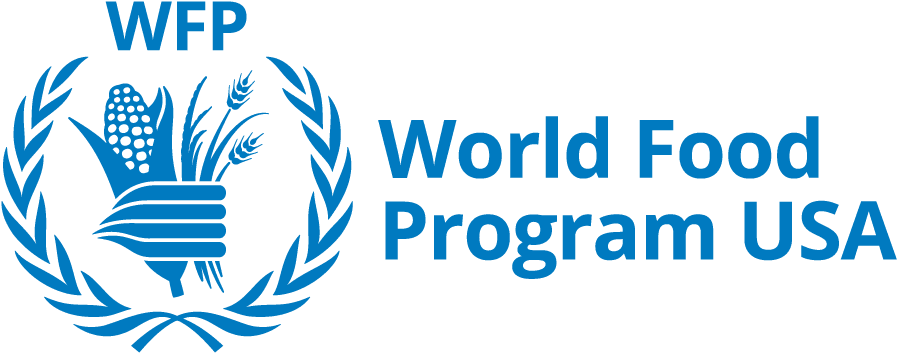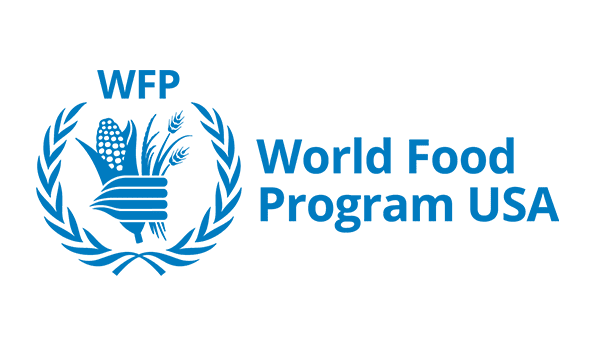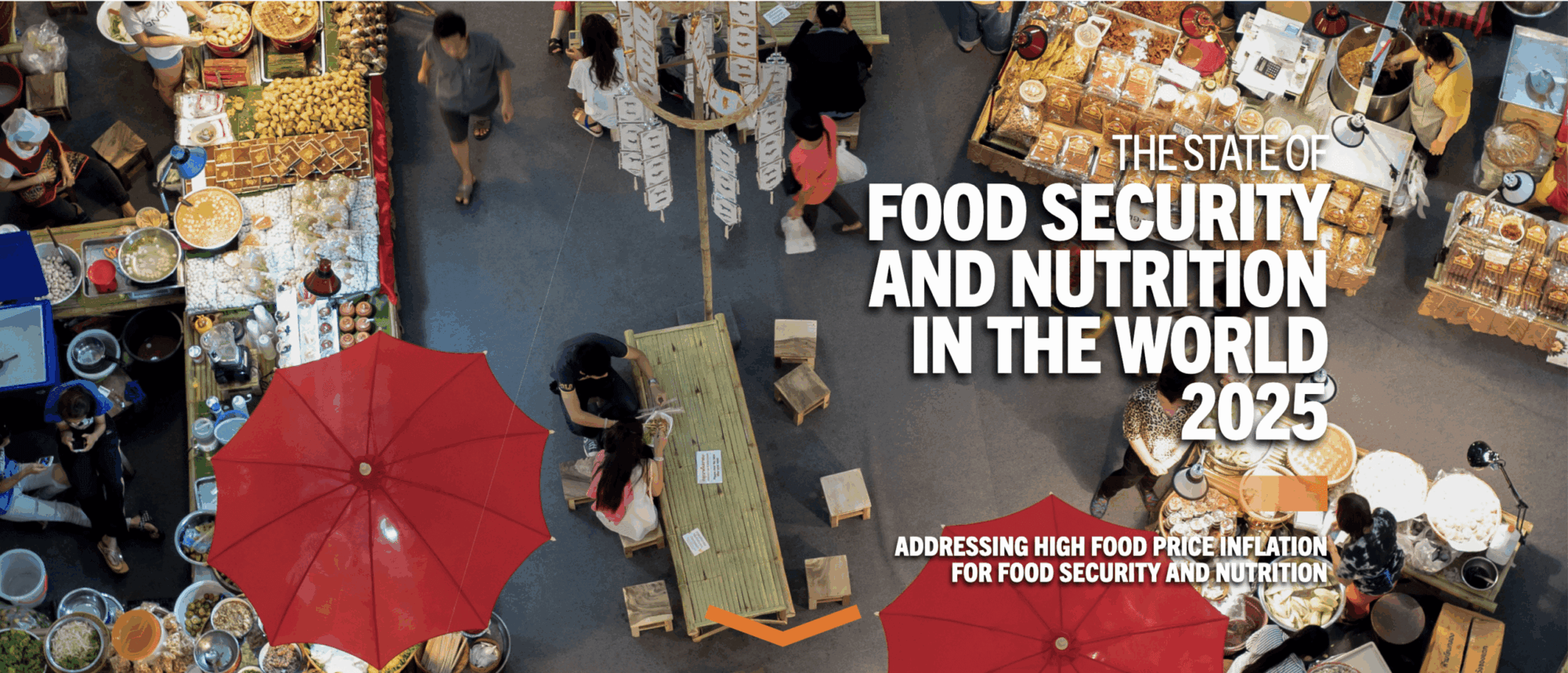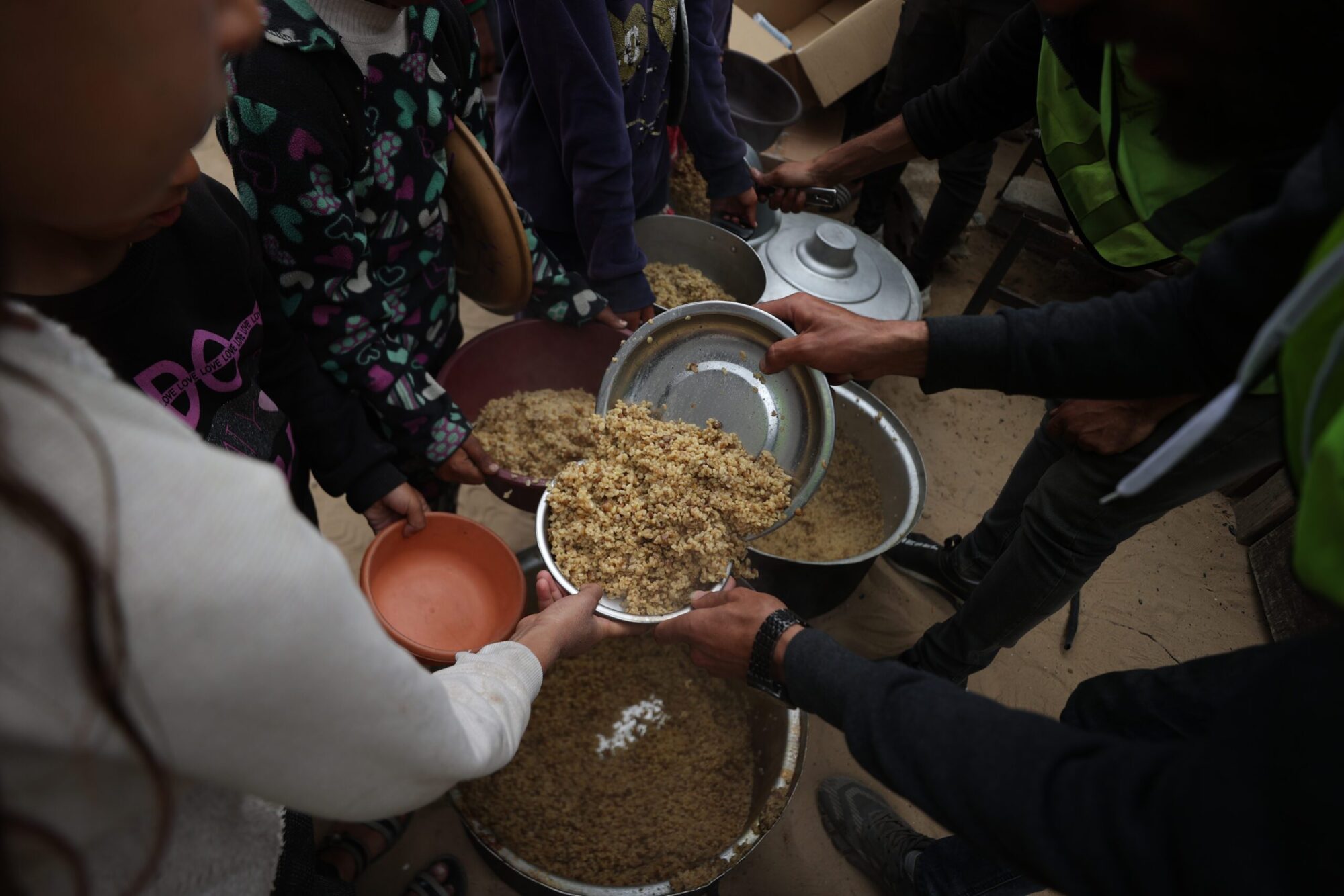World Food Program USA’s Spring 2023 Statement of Impact provides a snapshot of the global hunger crisis and how the United Nations World Food Programme (WFP) continues to respond. The report summarizes key events from January – May, including the earthquakes in Türkiye and Syria.
The State of World Hunger Today
Today, 345 million people are experiencing severe hunger. Of this group, 43 million people across 53 countries are on the brink of famine and nearly 343,000 people are experiencing famine-like conditions Burkina Faso, Mali, Somalia, South Sudan and Yemen.
This deterioration of global food security is being driven by multiple factors including conflict, the impacts of the climate crisis and rising prices. While global food prices have come down somewhat in recent months, they are still up by at least 15% in 72 countries and inflation is running into triple digits in countries such as Lebanon, Syria, Venezuela and Zimbabwe.
We know that it takes more than food to solve global hunger. In addition to emergency food assistance, the United Nations World Food Programme (WFP) distributes cash, provides students with school meals and invests in climate solutions that enhance communities’ ability to recover from unexpected shocks.

February 6 | WFP Responded Immediately to the Earthquakes in Türkiye and Syria
On February 6, a 7.8 magnitude earthquake hit southern Türkiye near the border of Syria. A 7.5 magnitude quake and hundreds of aftershocks followed. The earthquakes impacted 15 million people in Türkiye and northwest Syria. Within hours of the disaster, the U.N. World Food Programme was on the scene delivering emergency food assistance.
Since the quakes hit, the U.N. World Food Programme has reached 2.7 million people in both countries through hot meals, emergency ready-to-eat meals and family food kits.

February 24 | One Year Later, WFP Continues to Support People Impacted by the War in Ukraine
February 24 marked one year since the onset of war in Ukraine. The conflict has resulted in thousands of civilian casualties and the destruction of critical infrastructure. Approximately 18 million Ukrainians require humanitarian assistance, and one in three households is experiencing hunger.
At the request of the government of Ukraine, the U.N. World Food Programme reestablished a presence inside the country in March 2022. Today, the U.N. World Food Programme reaches nearly 3 million people each month. From working with local bakeries to distributing food at refugee centers in neighboring Moldova, the U.N. World Food Programme continues to provide food to Ukrainians in their time of need.

March 8 | WFP Marks International Women’s Day
Women are disproportionally affected by hunger: 60% of the 345 million people worldwide facing severe hunger are women and girls. That’s why the U.N. World Food Programme works to ensure women and girls have equal access to food and economic opportunities. Each year, more than half of the people reached by the U.N. World Food Programme are women and girls. From nutrition assistance to business training, we are bridging the gender food gap.
~
Download the full Spring 2023 Statement of Impact to read other highlights from this year.






